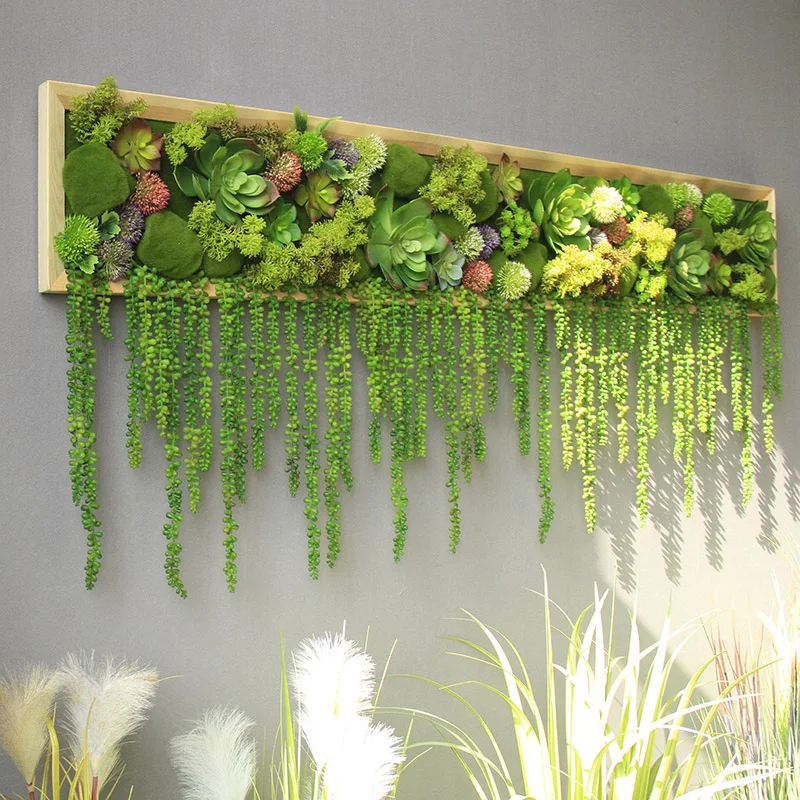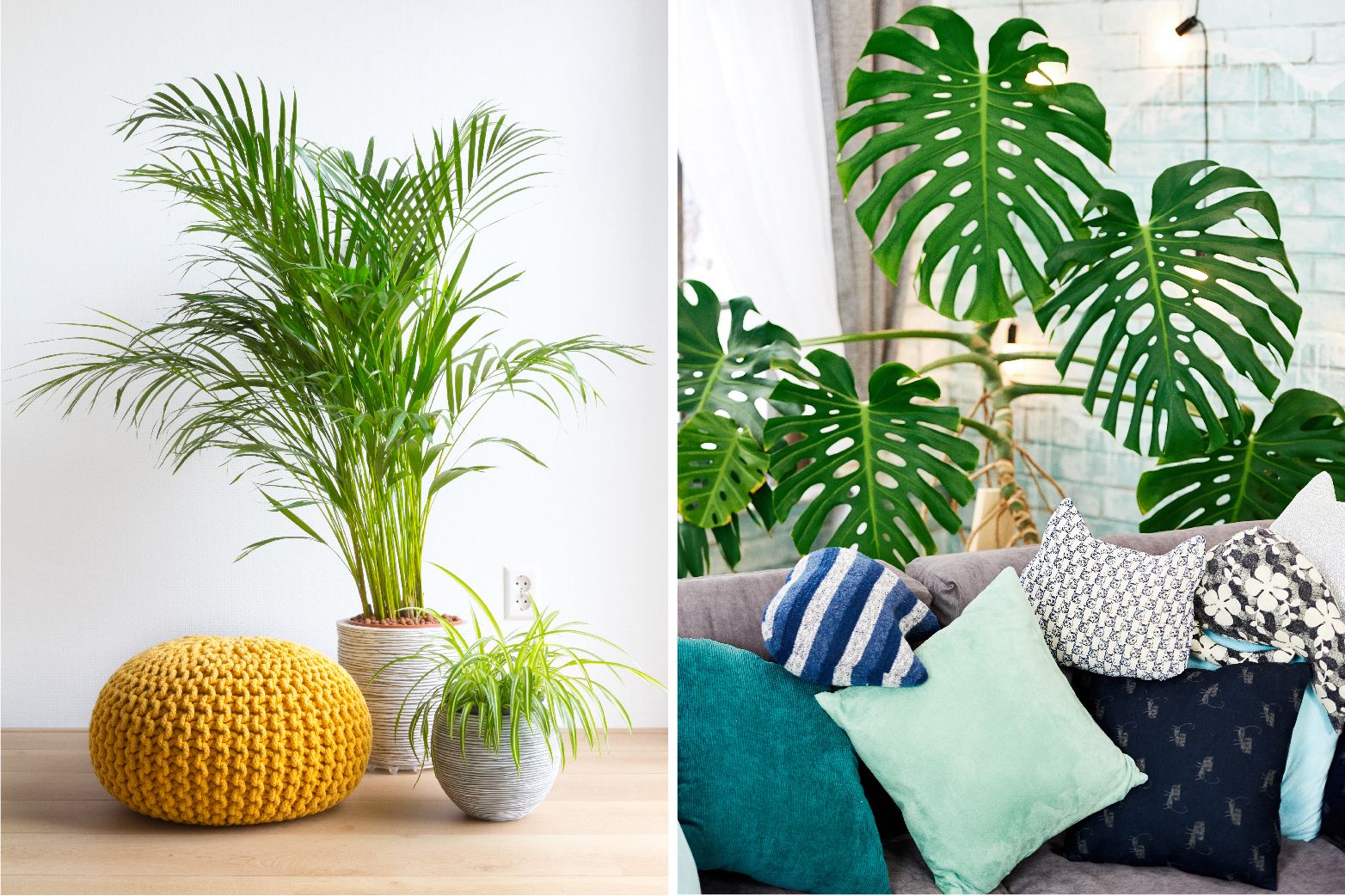Bringing nature indoors has become a popular trend for many homeowners, and for good reason! Green plant decoration not only enhances the aesthetic appeal of your space but also contributes to better mental health and air quality. In this comprehensive guide, we’ll delve into the world of indoor plants, share personal experiences, and provide useful tips on how to incorporate greenery into your home decor effectively.
Why Choose Green Plant Decoration?
Adding plants to your home isn’t just about aesthetics; it’s about creating a nurturing environment. Here are some compelling reasons:
- Improved Air Quality: Plants can help filter toxins and improve overall indoor air quality.
- Mood Enhancement: Studies show that being around greenery can reduce stress, increase feelings of happiness, and improve productivity.
- Natural Humidifiers: Plants release moisture into the air, which can be especially beneficial in dry climates.
- Connection to Nature: Having plants indoors can help you feel more connected to the outdoors, creating a calming effect.
Popular Indoor Plants for Decoration
With countless options available, it can be overwhelming to choose the right plants for your space. Here’s a handy comparison table of some popular indoor plants:
| Plant | Light Requirements | Watering Frequency | Maintenance Level | Benefits |
|---|---|---|---|---|
| Snake Plant | Low to Bright Indirect | Every 2-6 weeks | Low | Air purification, hardy |
| Pothos | Low to Bright Indirect | Every 1-2 weeks | Low | Known for resilience, air purification |
| ZZ Plant | Low to Bright Indirect | Every 2-3 weeks | Very Low | Drought-resistant, air purification |
| Spider Plant | Bright Indirect | Once a week | Low | Great for hanging, air purification |
| Fiddle Leaf Fig | Bright Indirect | Every 1-2 weeks | Medium | Striking foliage, statement plant |

Personal Experience: My Journey with Indoor Plants
When I first started decorating my home with plants, I was nervous. I didn’t have much experience with plant care, and I was worried about choosing the wrong types of plants. However, I began with a snake plant and a pothos. To my surprise, they thrived effortlessly! This initial success encouraged me to explore more varieties, and now my home feels like a lush oasis!

Best Plants for Different Spaces
Living Room
Your living room is often the focal point of your home, and what better way to enhance its beauty than with plants?
- Rubber Plant: Perfect for its striking leaves and ability to grow tall.
- Peace Lily: A beautiful plant that blooms and also purifies the air.

Bedroom
Plants can promote better sleep and relaxation in your bedroom. Consider:
- Aloe Vera: Not only is it great for skin care, but it also oxygenates your space at night.
- Lavender: Known for its calming properties, it can enhance relaxation and sleep quality.
Kitchen
Add some greenery to your kitchen with:
- Herbs: Basil, parsley, and mint not only look good but serve a practical purpose.
- Spider Plant: Its air-purifying qualities are ideal for a cooking space.

Creating a Plant Care Routine
Watering
Each plant has specific needs for watering. Here are some general guidelines:
- Always check the top inch of soil before watering.
- Use room temperature water to avoid shocking the plant.

Light
Light is crucial for plant growth. Consider the following:
- Know which direction your windows face.
- Rotate your plants every few weeks to ensure even growth.
Fertilizing
Plants need nutrients, especially during their growing season:
- Use a balanced fertilizer every 4-6 weeks during spring and summer.
- Reduce fertilizing in the fall and winter when growth slows.
Repotting
As plants grow, they may need repotting:
- Look for roots growing out of drainage holes as a sign.
- Choose a pot that is 1-2 inches larger in diameter than the current one.
Decorating with Plants: Tips and Tricks
Choosing the Right Pots
Selecting the right pots can enhance the beauty of your plants:
- Material: Consider ceramic, terracotta, or woven baskets.
- Color: Choose colors that complement your interior design.
Arranging Your Plants
How you arrange your plants can make a big difference:
- Group plants of varying heights for visual interest.
- Mix and match foliage shapes and colors.
Using Plants as Focal Points
Create a statement using large plants:
- Consider placing a fiddle leaf fig in a corner for height.
- Use trailing plants like pothos on shelves or hanging planters.
Common Mistakes to Avoid with Indoor Plants
Overwatering
One of the most common mistakes is overwatering. Make sure to:
- Learn the specific needs of your plants.
- Use pots with drainage holes.
Ignoring Pest Problems
It’s essential to address pests promptly:
- Regularly inspect plants for signs of infestation.
- Use insecticidal soap as a natural remedy.
Choosing Plants That Don’t Thrive Indoors
Some plants are not suited for indoor environments, so be cautious about your choices:
- Research before purchasing to ensure the plant will thrive in your space.
FAQs About Green Plant Decoration
What are the best indoor plants for beginners?
Excellent choices for beginners include snake plants, pothos, and spider plants due to their low-maintenance nature and resilience.
How often should I water my indoor plants?
Watering frequency varies by plant. Generally, check the soil moisture and water when the top inch feels dry for most plants.
Can indoor plants improve air quality?
Yes, many indoor plants can absorb toxins and release oxygen, improving indoor air quality.
Final Thoughts on Green Plant Decoration
Integrating green plants into your home decor can significantly enhance your living environment. Whether you prefer low-maintenance plants or wish to create a lush indoor garden, the key lies in understanding each plant’s needs and characteristics. Remember, the journey of a plant parent is as fulfilling as it is beautiful. Enjoy the process, learn from your plants, and watch your space come alive with nature!
Happy planting!